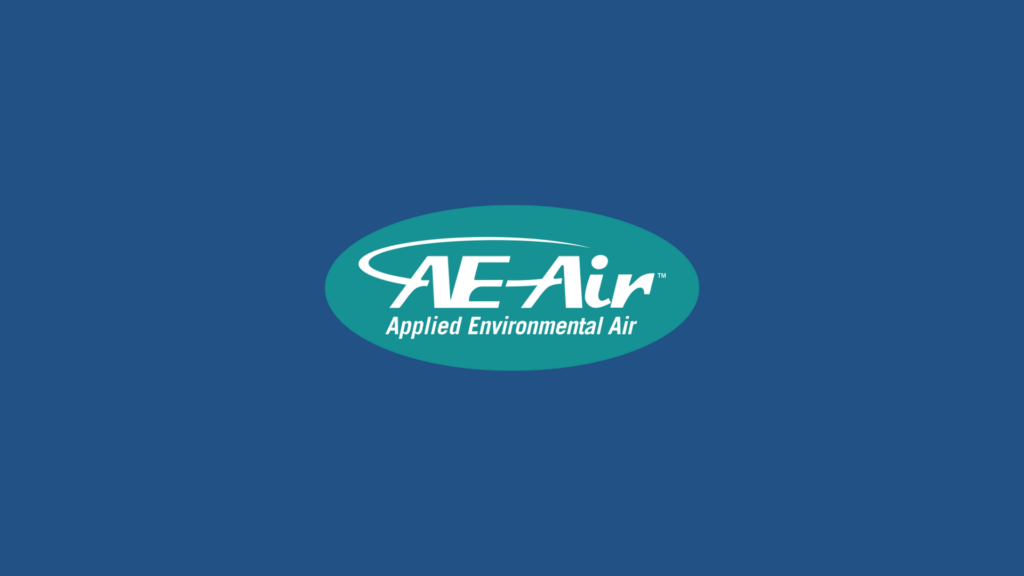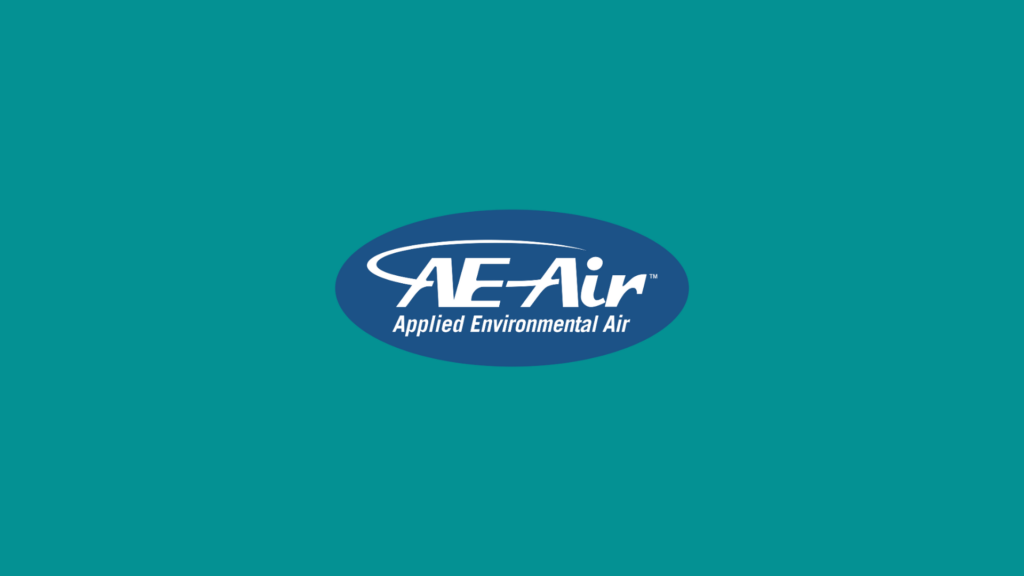Introduction
Horizontal water source heat pumps are transforming how commercial buildings manage their heating and cooling systems. These innovative pumps use the earth’s below-ground temperatures to efficiently provide both heating and cooling functions. This approach not only supports energy conservation but also ensures steady and reliable climate control across various spaces within a property.
For commercial facilities, where operational efficiency and energy savings are paramount, horizontal water source heat pumps offer a valuable solution. They are well-suited for buildings with ample space for horizontal loop installations, allowing businesses to harness natural geothermal energy cost-effectively. Utilizing these pumps can lead to reduced energy bills and a smaller carbon footprint, aligning with modern sustainability goals.
The adaptability of horizontal water source heat pumps to integrate with different HVAC components further enhances their appeal. When paired with systems like chilled water fan coils, they create a seamless environment of comfort and efficiency. This makes them an excellent choice for developers and engineers looking to improve the performance of their HVAC installations.
Understanding Horizontal Water Source Heat Pumps
Horizontal water source heat pumps are an integral part of modern HVAC systems, utilizing the stable temperatures found underground to provide efficient heating and cooling. Unlike their vertical counterparts, horizontal water source heat pumps use loops of piping laid out horizontally across a large area. This configuration allows them to capture or dissipate heat effectively, making them ideal for properties with sufficient land space.
The mechanism of these pumps involves circulating water or an antifreeze solution through the horizontal loops, which absorb the earth’s thermal energy. This energy is then transferred to the heat pump unit inside the building. During colder months, the system collects heat from the ground and distributes it indoors for warming. Conversely, in warmer months, the system removes heat from indoor spaces and dissipates it into the ground, providing cooling.
These pumps are particularly suitable for commercial applications where space allows for horizontal installations, such as campuses or business parks. They offer an efficient and environmentally friendly option for large areas that require consistent temperature control. Their suitability extends to buildings aiming to lower energy costs and reduce carbon emissions while maintaining a comfortable environment for occupants.
Enhancing Energy Efficiency
Energy efficiency is one of the standout benefits of horizontal water source heat pumps. These systems leverage the naturally regulated temperatures beneath the Earth’s surface to maintain a building’s climate with minimal energy use. By utilizing geothermal energy, they significantly cut down on fossil fuel consumption, which in turn leads to lower electricity bills for commercial properties.
Here are some ways these systems enhance energy efficiency:
- Reduced Energy Usage: Horizontal water source heat pumps operate by transferring heat rather than generating it, resulting in less energy expenditure compared to traditional heating and cooling methods.
- Stable Performance: Because underground temperatures remain relatively constant throughout the year, these heat pumps work efficiently in all seasons, avoiding the inefficiencies that accompany external temperature extremes.
- Lower Maintenance Needs: The reliable nature of geothermal systems means less wear and tear, reducing maintenance frequency and associated costs.
For example, a sizable office complex using these pumps might see a significant reduction in annual energy costs due to optimized heating and cooling cycles. Additionally, eco-conscious businesses benefit from decreased greenhouse gas emissions, aligning their operations with sustainability goals and helping to improve their public image. Implementing horizontal water source heat pumps as part of a larger energy-efficient strategy can transform how commercial buildings manage their climate control needs efficiently and sustainably.
Integration with Chilled Water Fan Coils
The integration of horizontal water source heat pumps with chilled water fan coils brings a new level of efficiency and flexibility to commercial HVAC systems. By pairing these technologies, developers and engineers can leverage their synergistic benefits to maintain optimal indoor environments.
Horizontal water source heat pumps excel when combined with multi-position and floor console fan coils due to their ability to enhance air distribution and thermal comfort. Multi-position fan coils adapt to various installation configurations, ensuring that air is evenly distributed throughout diverse architectural designs. This versatility suits spaces with distinct heating and cooling needs, delivering precise climate control.
Moreover, floor consoles offer direct integration with the heat pump’s output, providing localized temperature management. This setup is particularly beneficial in open-plan spaces where varying occupancy levels demand flexible solutions. The compatibility between these components enables efficient energy transfer, reducing operational costs and improving system performance.
The benefits of such integration include:
- Increased Efficiency: Improve the overall energy efficiency by optimizing the exchange between water source heat pumps and fan coils.
- Enhanced Comfort: Deliver consistent temperatures tailored to the unique demands of different areas within a building.
- Scalability: Ideal for large-scale applications, allowing future expansion without disrupting existing systems.
Selection and Installation Considerations
Choosing the right horizontal water source heat pump for a specific building involves careful planning and consideration of several critical factors. These elements ensure the system achieves maximum efficiency and effectiveness while remaining aligned with the building’s operational objectives.
When selecting a heat pump, consider the following:
- Building Size and Load Requirements: Evaluate the size of the building and its heating and cooling demands to determine the appropriate capacity of the heat pump.
- Available Space for Horizontal Loop Installation: Ensure sufficient space for installing horizontal loops, as this will impact both the feasibility and efficiency of the system.
- Local Climate Conditions: Consider the local climate to assess the heat pump’s potential performance year-round.
In terms of installation:
- Professional Assessment: Engage professionals for site assessment and design to identify the best configuration for loop placement and pump integration.
- Proper Sizing and Placement: Use accurate calculations to size the system correctly, avoiding under or over-sizing that can result in inefficiencies.
- Ongoing Maintenance Plan: Ensure a routine maintenance schedule is in place to maintain optimal performance.
By following these guidelines, buildings can achieve a seamless installation that maximizes the benefits of horizontal water source heat pumps.
Conclusion
The thoughtful integration of horizontal water source heat pumps with chilled water fan coils can transform commercial HVAC operations, promoting both energy efficiency and environmental sustainability. By selecting the right components and focusing on strategic installation, buildings can experience enhanced performance and reduced overall energy costs. These systems offer a forward-thinking approach to climate control, aligning with demands for modern, sustainable building practices.
Explore innovative HVAC solutions for commercial buildings today at AE Air. Our team specializes in customizable systems designed to meet the unique needs of your commercial projects, ensuring energy efficiency and comfort. Contact AE Air to learn how we can help optimize your HVAC systems with the latest technology in water source heat pumps and fan coils.


